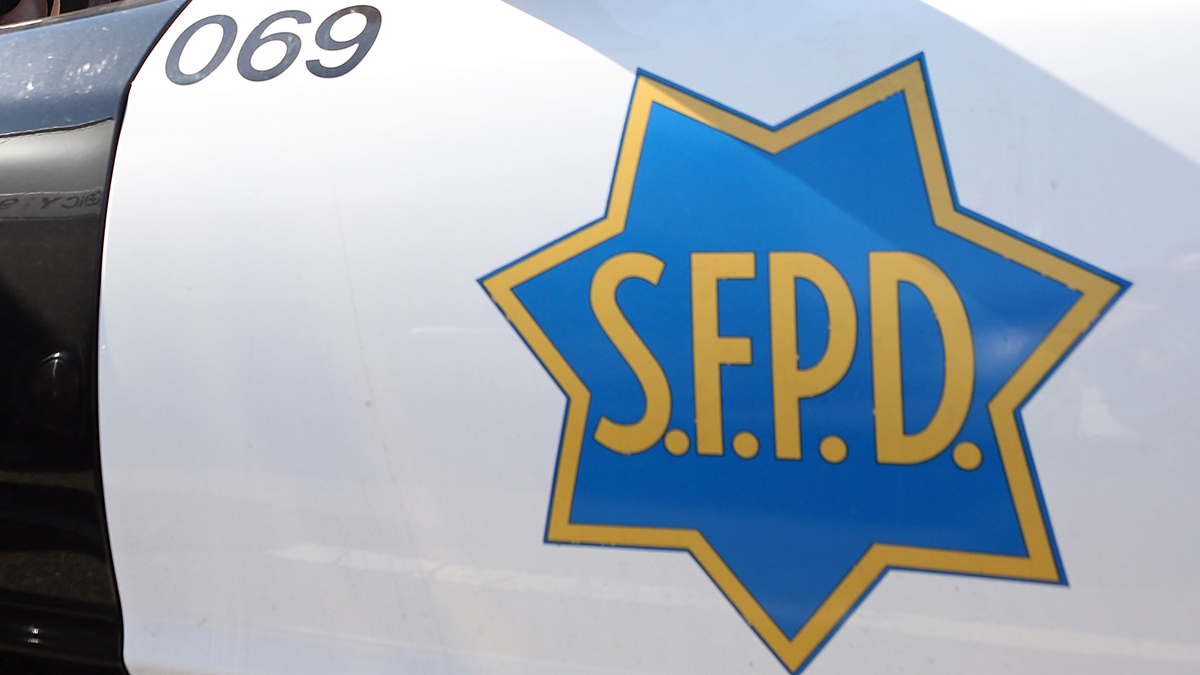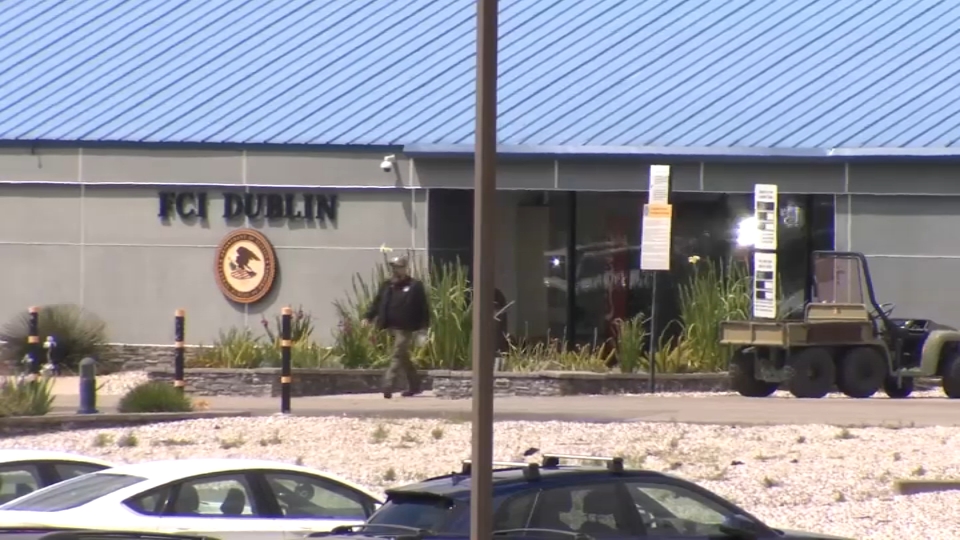Breaking up is not all that hard to do.
Just ask Apple investors. Monday morning came along, and all of the sudden, they have seven times as many shares in the iPhone maker.
With shares near all-time highs, and with so many more of them now swimming around, you might think it's a good time for investors to cut back - after all, Apple recently raised its cash dividend (paying more to shareholders), and saw the value of its stock jump more than 20 percent since the split was first announced.
But, for the most part, it seems sharerholders are staying put. Apple stock is -- as I write this -- actually trading higher by about 1.5 percent. A vote of confidence from investors, possibly lured by Apple's first split in nearly a decade, not to mention the ability to buy Apple shares at a price below $100 each.
There are theories that Apple is splitting because it wants to be part of the Dow Jones Industrial Average, or that it just wants more investors -- whatever. Historically, companies split their stock because they feel confident about the future.
A confident Apple is nothing new, but its track record alone is likely bringing new investors into the fold.
Local
The reason has more to do with psychology than logic. Splits lower a stock's trading price by substantially increasing the number of outstanding shares. Even though the company's market value remains the same, the prospect of a lower price per share often excites investors who previously shied away from a stock because it looked too expensive.
Companies executing splits hope to attract more buyers by making the stock appear more affordable.
Apple executed a 7-for-1 split. That means every Apple stockholder received six additional shares for every share they owned as of June 2. The distribution will increase Apple's outstanding stock from about 861 million shares to about 6 billion shares.
To adjust for that swing, Apple's stock price fell dramatically from Friday's closing price of $645.57. The shares were hovering around $93 in Monday's late morning trading, up by less than 1 percent.
This isn't Apple's first stock split. Apple has completed 2-for-1 splits on three previous occasions: May 1987, June 2000 and February 2005. The stock rose 2 percent in the first year after the 1987 split and surged by 60 percent in the first year after the 2005 split. The shares plunged 57 percent in the first year after the 2000 split, which occurred amid a steep downturn in technology stocks.
Before the split, the all-time high for Apple's stock stood at $705.07. With the split, that peak has now been revised to $100.72. Apple went public in December 1980 at a split-adjusted 39 cents per share.
Scott is on Twitter: @scottbudman
The Associated Press contributed to this report.



